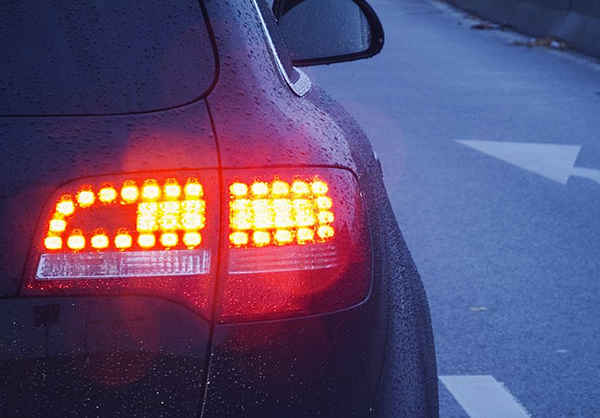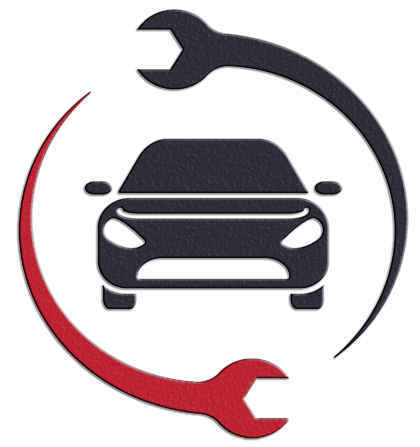Why do my brake lights stay on when the car is off?
Deciphering the Mystery Behind Persistent Brake Lights When the Car is Off
Brake lights that refuse to extinguish even when the vehicle is parked can be a source of frustration and concern for any driver. Not only does this anomaly drain the battery, but it also presents a potential safety hazard on the road. From the mundane to the intricate, various factors could be at play in causing this persistent malfunction.

Identifying the Culprits:
Latch of the Brake Light Switch
Positioned near the brake pedal, the brake light switch might become lodged in the “on” position, leaving the brake lights illuminated.
This predicament often arises from wear and tear or misalignment of the switch mechanism.
Compromised Wiring or Connections
Frayed or damaged wiring within the brake light circuit can perpetuate a continuous flow of electricity, thus keeping the lights alight.
Corrosion or short circuits along the wiring pathways can disrupt the smooth transmission of electrical signals.
Brake Pedal Misadjustment
A misaligned brake pedal may fail to disengage the brake light switch fully upon release, resulting in the perpetuation of the illumination.
This predicament may stem from a malfunctioning pedal position sensor or underlying issues with the pedal’s mechanics.
Hydraulic System Anomalies
Aberrations in brake fluid pressure, example: leaks or the presence of air bubbles within the brake lines, can trigger the persistent activation of the brake light switch.
Insufficient brake fluid levels or malfunctions within the master cylinder can lead to erratic pressure distributions, thereby causing the brake lights to remain engaged.
Troubleshooting Steps

- Examine the Brake Pedal and Switch
Thoroughly scrutinize the brake pedal and its associated mechanisms for any signs of obstruction or misalignment.
Validate the functionality of the brake light switch by manually activating it and ensuring its prompt return to the resting position upon release.
- Inspect Wiring and Connections
Conduct a meticulous inspection of the entire brake light circuitry, paying particular attention to any indications of wire damage or fraying.
Methodically clean and fortify all electrical connections to guarantee an uninterrupted flow of electricity.
- Verify Brake Fluid Levels
Confirm that the brake fluid reservoir contains an adequate volume of fluid as per manufacturer recommendations.
Promptly address any identified leaks within the brake lines to prevent further fluid loss and maintain optimal hydraulic performance.
- Seek Professional Assistance
If the issue persists or if you lack confidence in diagnosing and rectifying the problem independently, it is advisable to seek the expertise of a certified mechanic.
A skilled professional can leverage diagnostic tools to conduct a comprehensive assessment and identify the precise cause of the malfunction.
Important Information

Legal Ramifications: Operating a vehicle with malfunctioning brake lights contravenes traffic regulations in most jurisdictions due to its adverse implications for road safety.
Persistent neglect of this issue can culminate in the issuance of traffic citations and associated fines.
Technological Advancements: Contemporary vehicles often feature sophisticated brake light systems that dynamically adjust light intensity in response to driving conditions, thereby augmenting visibility and safety.
These state-of-the-art systems incorporate advanced sensors and control modules to mitigate issues – example: stuck brake lights.
Historical Context: Brake lights have been integral safety components of automobiles since the inception of the 20th century.
From manual operation via interior levers to the advent of automatic brake light switches synchronized with pedal engagement, the evolution of brake light technology reflects ongoing endeavors to enhance vehicular safety.
Addressing the enigma of persistent brake lights necessitates a methodical approach to diagnosis and resolution.
By comprehending the potential underlying causes and undertaking requisite measures, drivers can safeguard their well-being on the road while upholding regulatory compliance.












